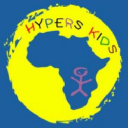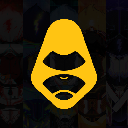-
 bitcoin
bitcoin $106975.071866 USD
-0.29% -
 ethereum
ethereum $3871.670850 USD
-0.07% -
 tether
tether $1.000261 USD
-0.01% -
 bnb
bnb $1084.417621 USD
-0.50% -
 xrp
xrp $2.348167 USD
0.82% -
 solana
solana $185.621736 USD
0.45% -
 usd-coin
usd-coin $0.999833 USD
-0.04% -
 tron
tron $0.313423 USD
0.81% -
 dogecoin
dogecoin $0.188856 USD
0.54% -
 cardano
cardano $0.630416 USD
-0.49% -
 hyperliquid
hyperliquid $36.506353 USD
2.24% -
 ethena-usde
ethena-usde $0.999584 USD
-0.01% -
 chainlink
chainlink $16.750026 USD
-0.77% -
 stellar
stellar $0.313373 USD
0.37% -
 bitcoin-cash
bitcoin-cash $465.978560 USD
-1.57%
Who invented blockchain
In 1991, computer scientist Stuart Haber and mathematician W. Scott Stornetta introduced the groundbreaking concept of a blockchain for secure digital recordkeeping.
Feb 03, 2025 at 09:06 pm
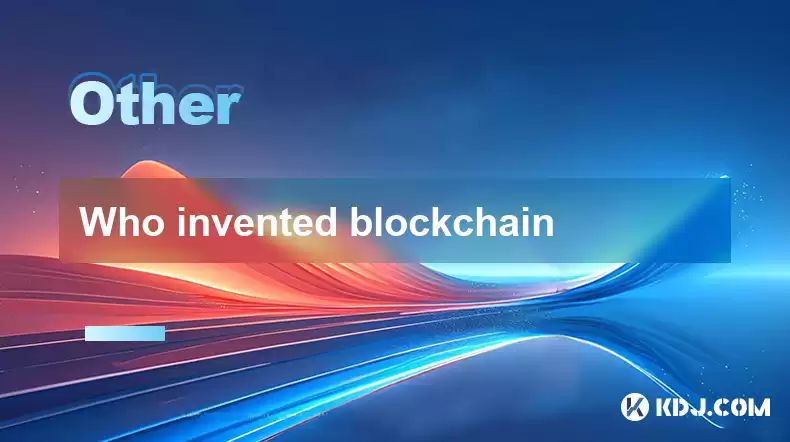
- The concept of a blockchain was first introduced by Stuart Haber and W. Scott Stornetta in 1991.
- Here's a detailed explanation of the history and key individuals behind blockchain invention
- How blockchain technology was developed and its evolution over time
- Different industries and sectors that blockchain technology is impacting
In 1991, Stuart Haber, a computer scientist, and W. Scott Stornetta, a mathematician, published a seminal paper titled "How to Time-Stamp a Digital Document." This groundbreaking work introduced the concept of a blockchain as a secure and tamper-proof method for recording and verifying digital information.
Their proposed system utilized a linked list of blocks, where each block contained a cryptographic hash of the previous block and a timestamped record of the document being verified. This structure ensured the integrity and chronological order of the data, making it resistant to unauthorized alterations or deletions.
The Dawn of Blockchain: The Genesis BlockIn 2008, Satoshi Nakamoto, an enigmatic figure, published a whitepaper outlining the Bitcoin cryptocurrency and its underlying blockchain technology. Bitcoin's blockchain, the Genesis Block, became the first practical application of the blockchain concept, revolutionizing the way digital assets and transactions could be secured and managed.
Nakamoto's design introduced the concept of a decentralized and distributed ledger, where every participant in the network maintained a copy of the blockchain. This decentralized architecture eliminated the need for a central authority, enhancing the security and transparency of the system.
Rapid Evolution and DiversificationThe advent of Bitcoin sparked an explosion of research and development in blockchain technology. Various iterations and adaptations emerged, expanding the scope of its applications beyond cryptocurrencies.
- Ethereum (ETH): Introduced the concept of smart contracts, programmable code stored on the blockchain that could automate complex transactions and applications.
- Hyperledger Fabric: A modular and flexible blockchain framework designed for enterprise use cases, providing scalability, confidentiality, and privacy features.
- Cardano (ADA): A proof-of-stake blockchain known for its focus on scalability, security, and sustainability.
Blockchain technology has found its way into a wide range of industries, transforming processes and unlocking new possibilities:
- Finance: Streamlined financial services, reduced transaction costs, and enhanced security in areas like cross-border payments and asset management.
- Supply Chain Management: Improved transparency and efficiency in supply chains, reducing fraud, optimizing inventory management, and enhancing product traceability.
- Healthcare: Secure and efficient medical recordkeeping, facilitating data sharing among healthcare providers, improving patient outcomes, and empowering patients with control over their health information.
1. Who were the founders of blockchain technology?Stuart Haber and W. Scott Stornetta introduced the concept in 1991, while Satoshi Nakamoto implemented it in a practical form with Bitcoin in 2008.
2. What is the first blockchain ever created?The Genesis Block of the Bitcoin blockchain, created by Satoshi Nakamoto in 2008, is considered the first practical implementation of blockchain technology.
3. How has blockchain technology evolved over time?Blockchain technology has evolved from a simple data structure to a complex ecosystem, incorporating concepts like smart contracts, proof-of-stake consensus mechanisms, and a range of enterprise-focused solutions.
4. What are the key industries impacted by blockchain technology?Finance, supply chain management, healthcare, and entertainment are among the prominent industries adopting and benefiting from blockchain applications.
Disclaimer:info@kdj.com
The information provided is not trading advice. kdj.com does not assume any responsibility for any investments made based on the information provided in this article. Cryptocurrencies are highly volatile and it is highly recommended that you invest with caution after thorough research!
If you believe that the content used on this website infringes your copyright, please contact us immediately (info@kdj.com) and we will delete it promptly.
- Riding the Crypto Wave: AlphaPepe, Presales, and 2025's Top Projects
- 2025-10-20 04:25:15
- CoinDCX, Coinbase, and the Future of Crypto Investment: What's the Deal?
- 2025-10-20 04:25:15
- Floki Crypto: Riding the Demand Zone Wave for Breakout Potential!
- 2025-10-20 04:30:11
- Ozak AI: Is This AI-Powered Crypto the Next Big Investment?
- 2025-10-20 04:30:11
- Bitcoin, Michael Saylor, and Miner's Signal: Navigating the Crypto Landscape
- 2025-10-20 04:35:11
- Chill Guy, Meme Coin, Super Pepe: Riding the Crypto Wave with a Laid-Back Vibe
- 2025-10-20 04:35:11
Related knowledge
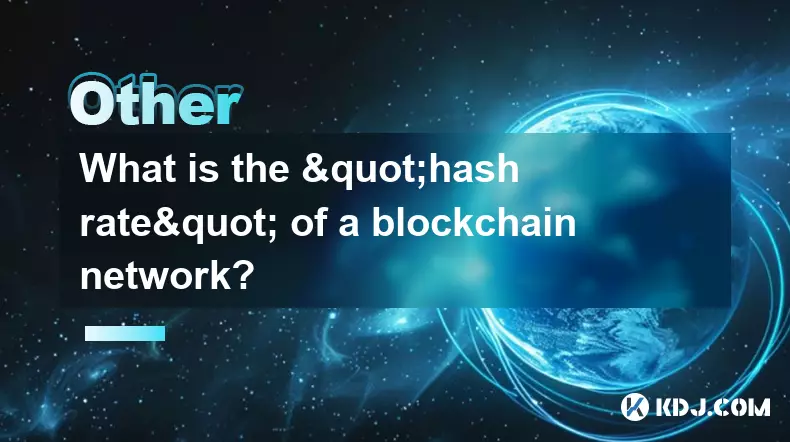
What is the "hash rate" of a blockchain network?
Oct 10,2025 at 03:55pm
Understanding Hash Rate in Blockchain Networks1. The hash rate refers to the total computational power being used to process transactions and mine new...
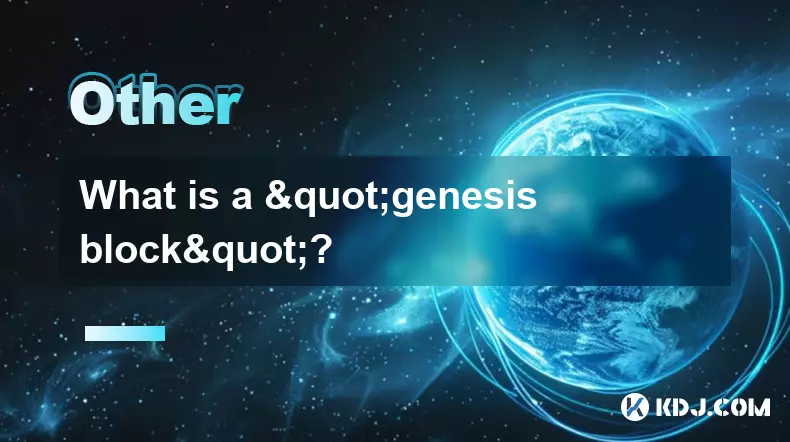
What is a "genesis block"?
Oct 15,2025 at 07:55pm
Understanding the Genesis Block in CryptocurrencyThe genesis block is the very first block in a blockchain network. It serves as the foundation upon w...

Who is Satoshi Nakamoto?
Oct 15,2025 at 01:01pm
Who is Satoshi Nakamoto?1. Satoshi Nakamoto is the pseudonymous individual or group credited with creating Bitcoin, the first decentralized cryptocurr...
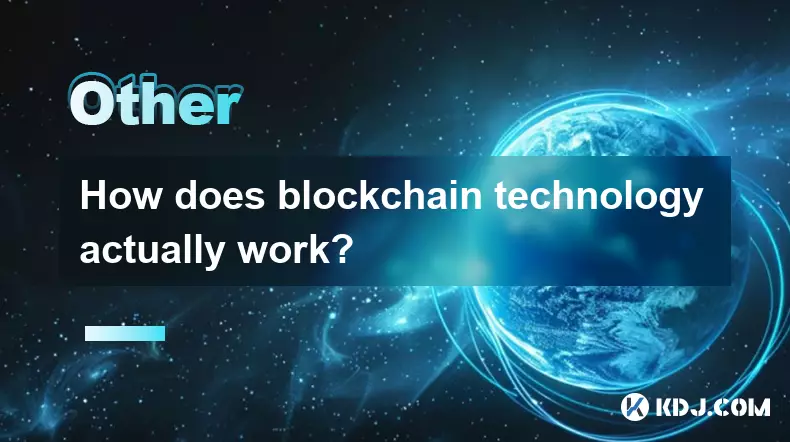
How does blockchain technology actually work?
Oct 11,2025 at 02:36pm
Understanding the Core Mechanism of Blockchain1. At its foundation, blockchain is a decentralized digital ledger that records transactions across mult...

What is a token economy?
Sep 20,2025 at 12:18am
Understanding the Foundations of a Token Economy1. A token economy in the context of cryptocurrency refers to a system where digital tokens are used a...
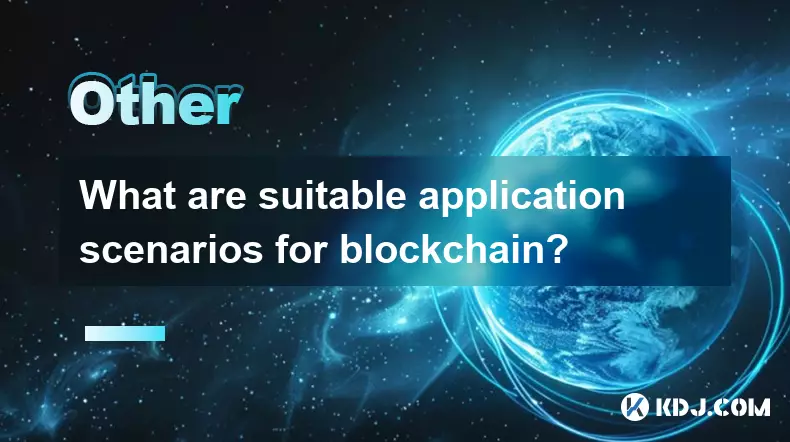
What are suitable application scenarios for blockchain?
Sep 20,2025 at 03:19am
Decentralized Finance (DeFi) Platforms1. Blockchain enables the creation of financial services without centralized intermediaries, allowing users to l...

What is the "hash rate" of a blockchain network?
Oct 10,2025 at 03:55pm
Understanding Hash Rate in Blockchain Networks1. The hash rate refers to the total computational power being used to process transactions and mine new...

What is a "genesis block"?
Oct 15,2025 at 07:55pm
Understanding the Genesis Block in CryptocurrencyThe genesis block is the very first block in a blockchain network. It serves as the foundation upon w...

Who is Satoshi Nakamoto?
Oct 15,2025 at 01:01pm
Who is Satoshi Nakamoto?1. Satoshi Nakamoto is the pseudonymous individual or group credited with creating Bitcoin, the first decentralized cryptocurr...

How does blockchain technology actually work?
Oct 11,2025 at 02:36pm
Understanding the Core Mechanism of Blockchain1. At its foundation, blockchain is a decentralized digital ledger that records transactions across mult...

What is a token economy?
Sep 20,2025 at 12:18am
Understanding the Foundations of a Token Economy1. A token economy in the context of cryptocurrency refers to a system where digital tokens are used a...

What are suitable application scenarios for blockchain?
Sep 20,2025 at 03:19am
Decentralized Finance (DeFi) Platforms1. Blockchain enables the creation of financial services without centralized intermediaries, allowing users to l...
See all articles


















